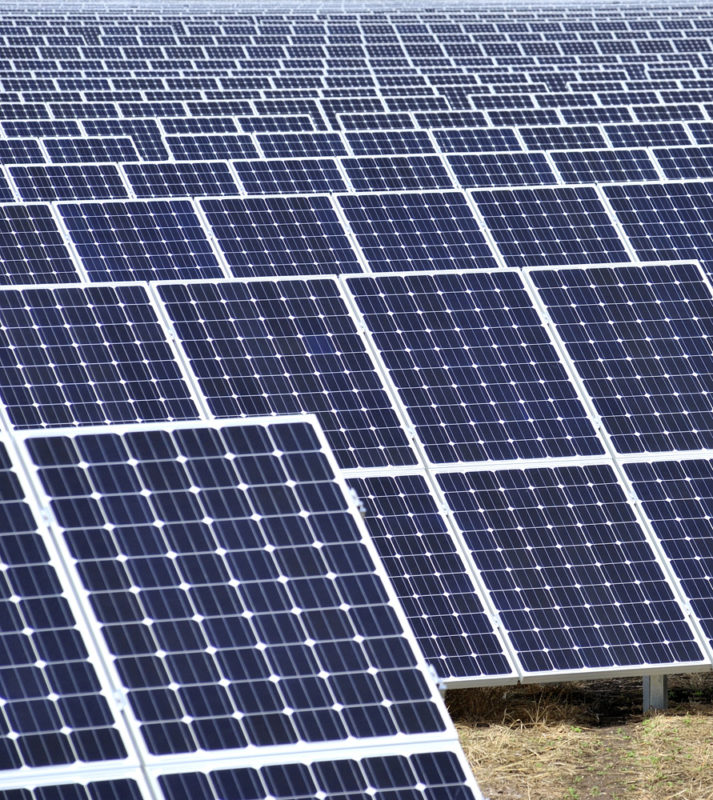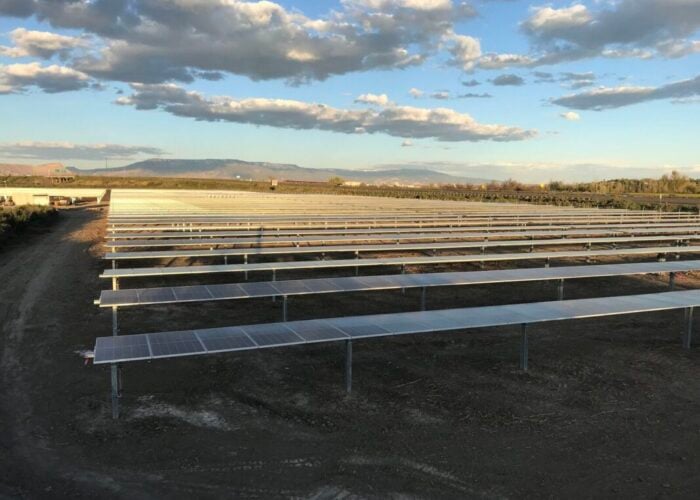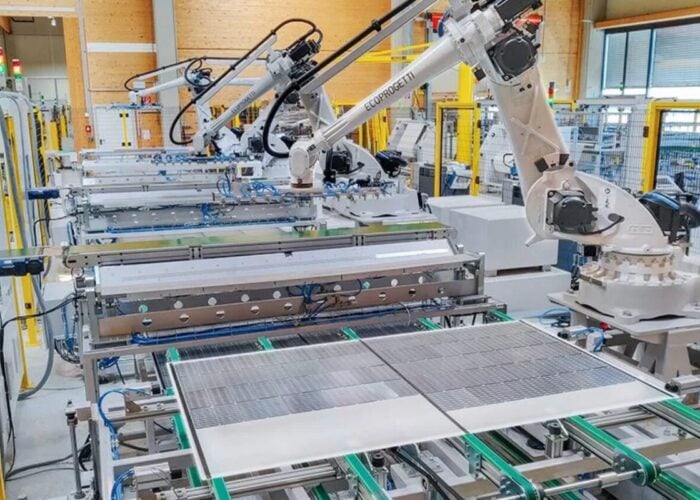
Instances of negative power pricing more than doubled in Europe in the first nine months of this year, prompting concerns for generators across the continent.
Analysis conducted by power market data firm EnAppSys revealed that day ahead power prices fell into the negative almost 1% of the time, driven by a collapse in power demand and the continued proliferation of zero marginal cost sources of power, such as renewables.
Try Premium for just $1
- Full premium access for the first month at only $1
- Converts to an annual rate after 30 days unless cancelled
- Cancel anytime during the trial period
Premium Benefits
- Expert industry analysis and interviews
- Digital access to PV Tech Power journal
- Exclusive event discounts
Or get the full Premium subscription right away
Or continue reading this article for free
Markets with high levels of wind power – EnAppSys noted Ireland, Germany and Denmark as examples – were particularly hard hit by the shifting market dynamics. Ireland recorded negative power prices 4.2% of the time in the first nine months of the year, well above European norms, while Germany experienced day ahead power prices of -€83.94/MWh for eight hours on 21 April.
Alena Nispel, business analyst at EnAppSys, said that those dynamics had highlighted the challenge of variable renewables generators, factors which had become “more pronounced” as demand for power declined in Europe as a result of the COVID-19 pandemic.
“Where the average output of a solar panel over a year might be 8% or the average output of a wind farm is around 30%, the peak output values will be very close to 100% of the potential output.
“The levels of demand for electricity are similarly intermittent. In the past it was possible to pair intermittent demand for electricity against a non-intermittent supply of generation (coal/ gas power stations) but pairing an intermittent supply (wind and solar) against an intermittent demand creates challenges,” she said.
A large number of solar investors throughout Europe have already warned of compressed power prices this year, noting their impact on net asset values and revenues alike.
Renewables projects are also doubly affected by extended periods of negative pricing, with subsidy payments restricted during these times under European regulations. EU law states that subsidy payments to renewables generators cannot be paid if day ahead market power prices dip into the negative for a period longer than six hours. Dutch regulators issued a warning to renewables generators in the country earlier this year after it recorded one such extended period.
But negative pricing instances and the wider threat of compressed power prices caused by greater proliferation of renewables is nothing new, and has been on the minds of renewables investors and developers for some time.
At Solar Media’s Solar Finance & Investment Europe conference, held in February this year, a panel of investors concluded that wholesale price cannibalisation – caused predominantly by an influx of zero marginal cost renewables on Europe’s grids – posed the most significant threat to Europe’s utility-scale solar industry moving forward.
EnAppSys also said that the impacts of negative power pricing can be reduced somewhat by the addition of energy storage where it is “economically sensible to do so”, noting the asset class’ ability to reduce the need for conventional power sources to provide the system inertia renewables cannot.
“Replacing these [conventional] power stations with an alternative such as a synchronous condenser – a motor that effectively still spins and provides inertia but without being attached to a generator – means that these plants can be switched off and more renewables can be accommodated in the market. This in turn acts to reduce instances of negative pricing,” Nispel added.






